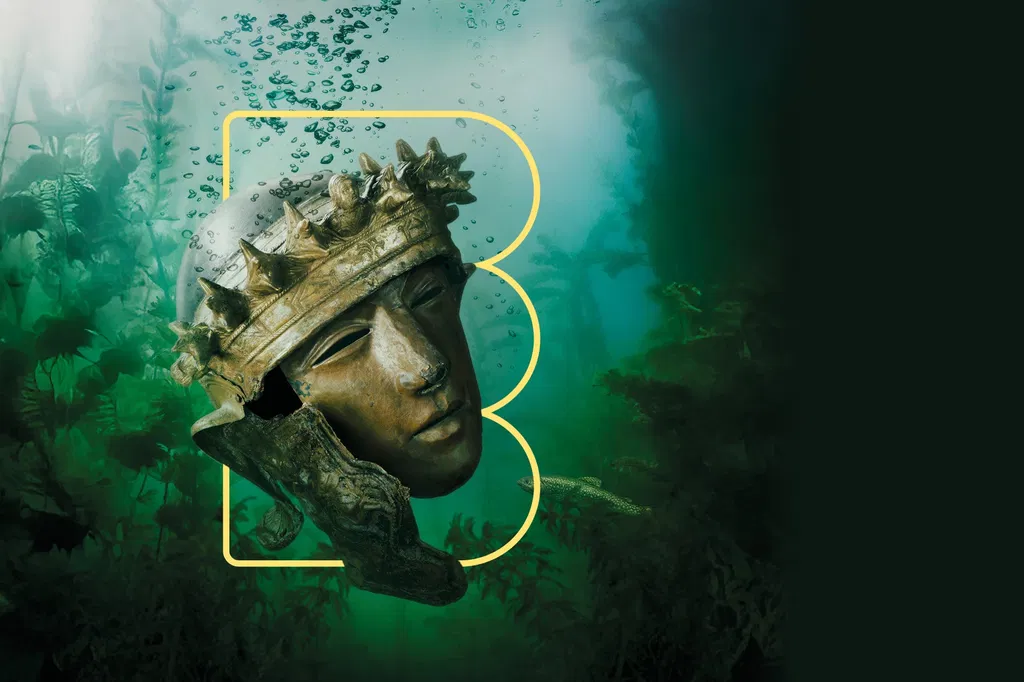Exhibition 'Roman treasures from the Waal' in Museum De Bastei
Dive into life at the river in Roman times in the exhibition ‘Roman Treasures of the Waal’. Over 100 objects illustrate the multifaceted relationship the Romans had with the Waal. Never before have so many finds from the Waal basin been shown together. A large part of the objects come from the collection of the National Museum of Antiquities (RMO). ‘Roman Treasures of the Waal’ can be seen from 1 February to 26 October 2025.
The Waal is indispensable to the Romans. It is an important trade route, defence line, a source of food and a place of worship. The capricious god of the Waal, Rhenus Bicornis, is therefore frequently worshipped here, especially by Roman soldiers. The influence of the Romans drastically changes life along the river, with Nijmegen as a vibrant centre of trade and culture. Impressive buildings such as villas, bathhouses, temples, public buildings and even an amphitheatre rise along the Waal.
But the river is also unpredictable, just like the mighty god Rhenus Bicornis who watches over it. The Roman river god Rhenus is often depicted with wavy hair and a beard. His two horns represent the split between the Rhine and the Waal. The Romans therefore call the Rhine Rhenus Bicornis, the horned Rhine. We derived the name Rhine from the name Rhenus.
This unpredictable, unruly and dynamic river meanders, grows ever larger and floods. It takes with it whatever comes its way. For centuries it has hidden treasures under a thick layer of silt. Fortunately, it occasionally reveals a few hidden objects. In the exhibition, visitors can admire these treasures from the Waal, presented in five themes: living, food, transport, border control and spirituality. A unique masterpiece is highlighted per theme, respectively: a silver bowl, a signet ring, a statue of Mercury, a sword with a scabbard and a cavalry helmet with a face mask.
During the duration of the exhibition, Museum De Bastei organizes various lectures, workshops, holiday programs and children's activities in the context of life on the Waal in Roman times.

